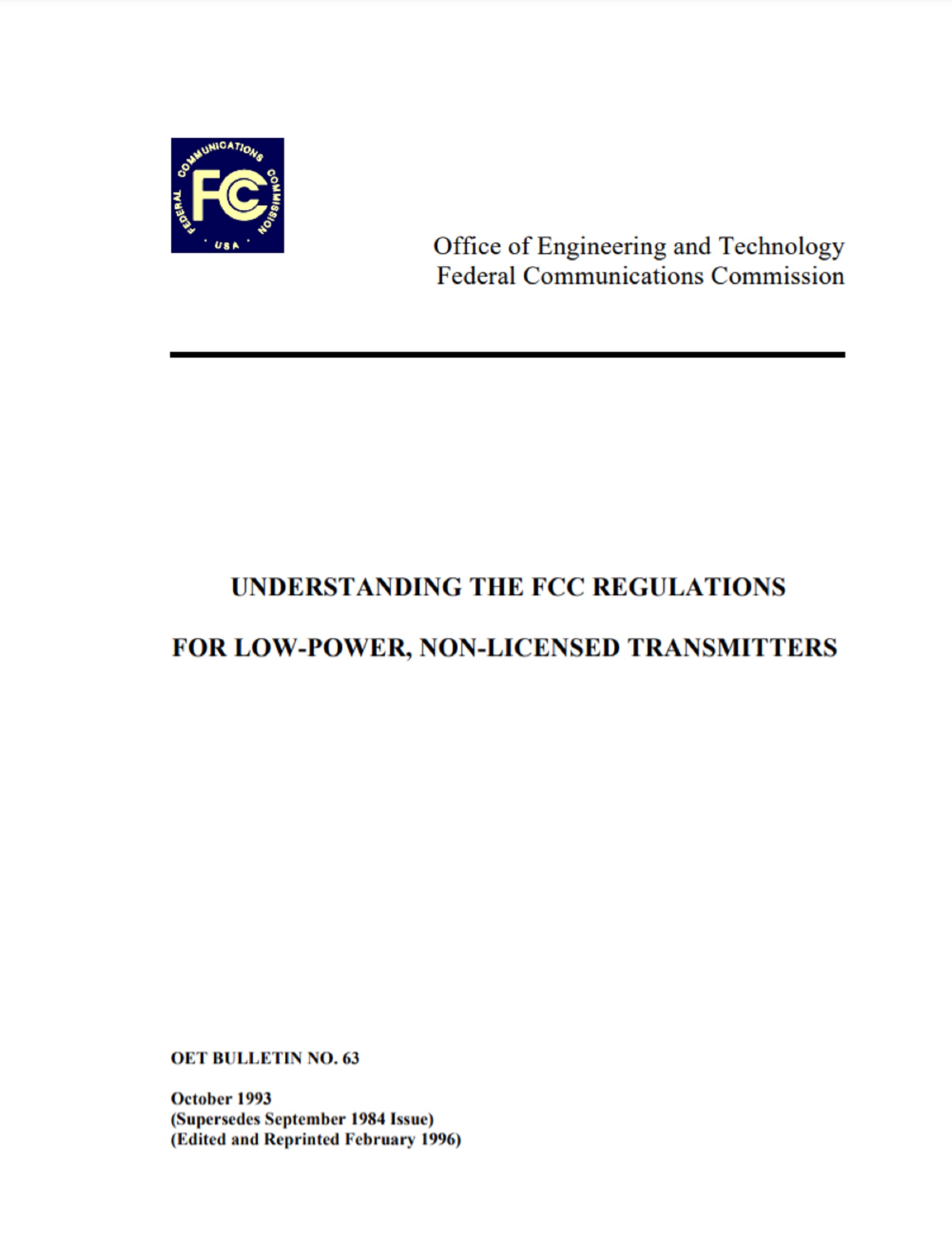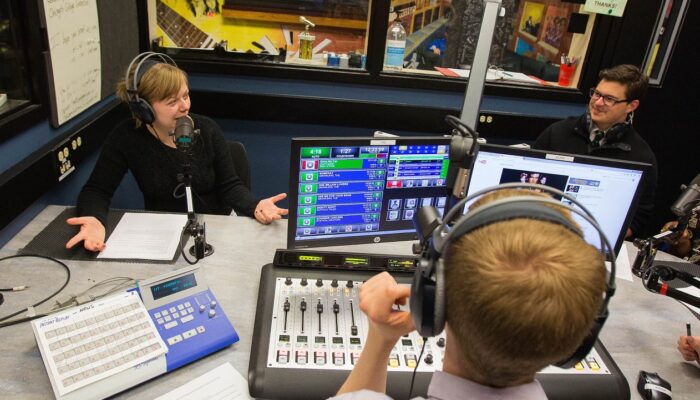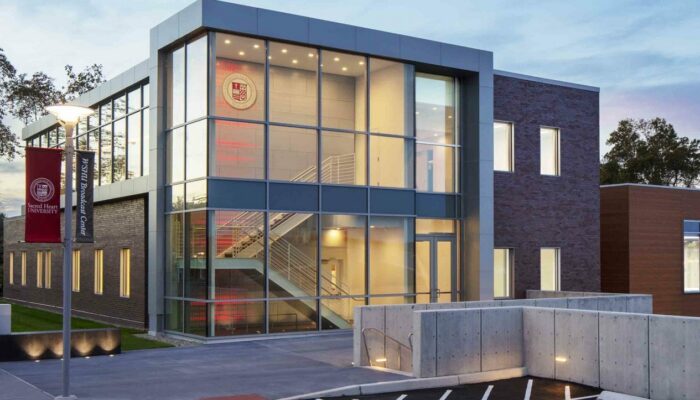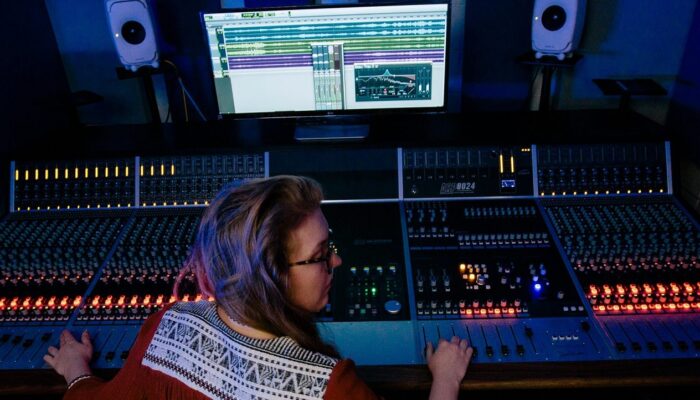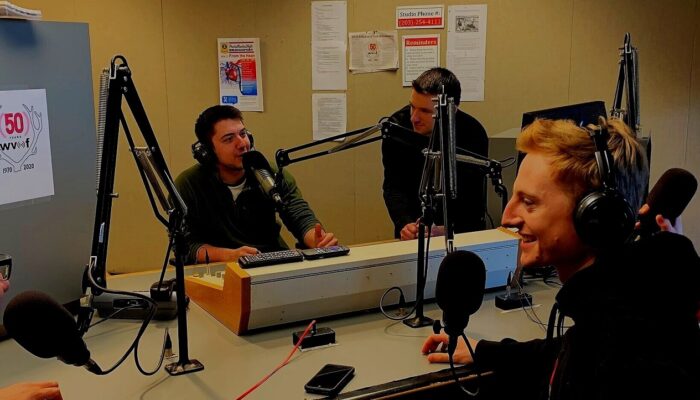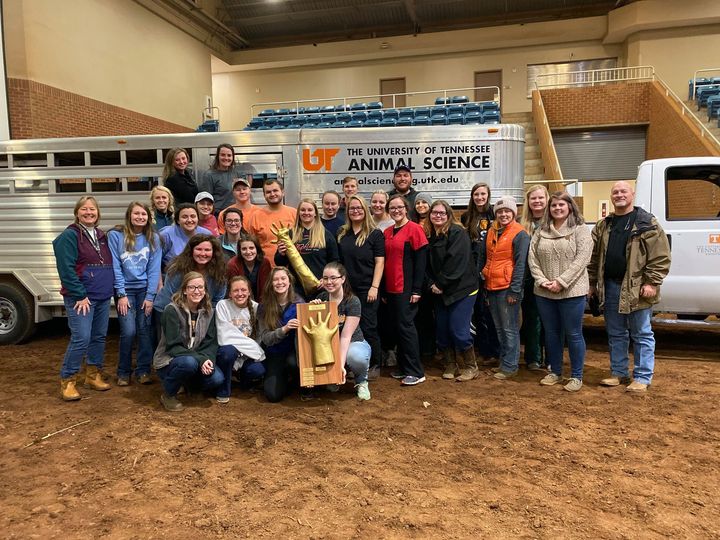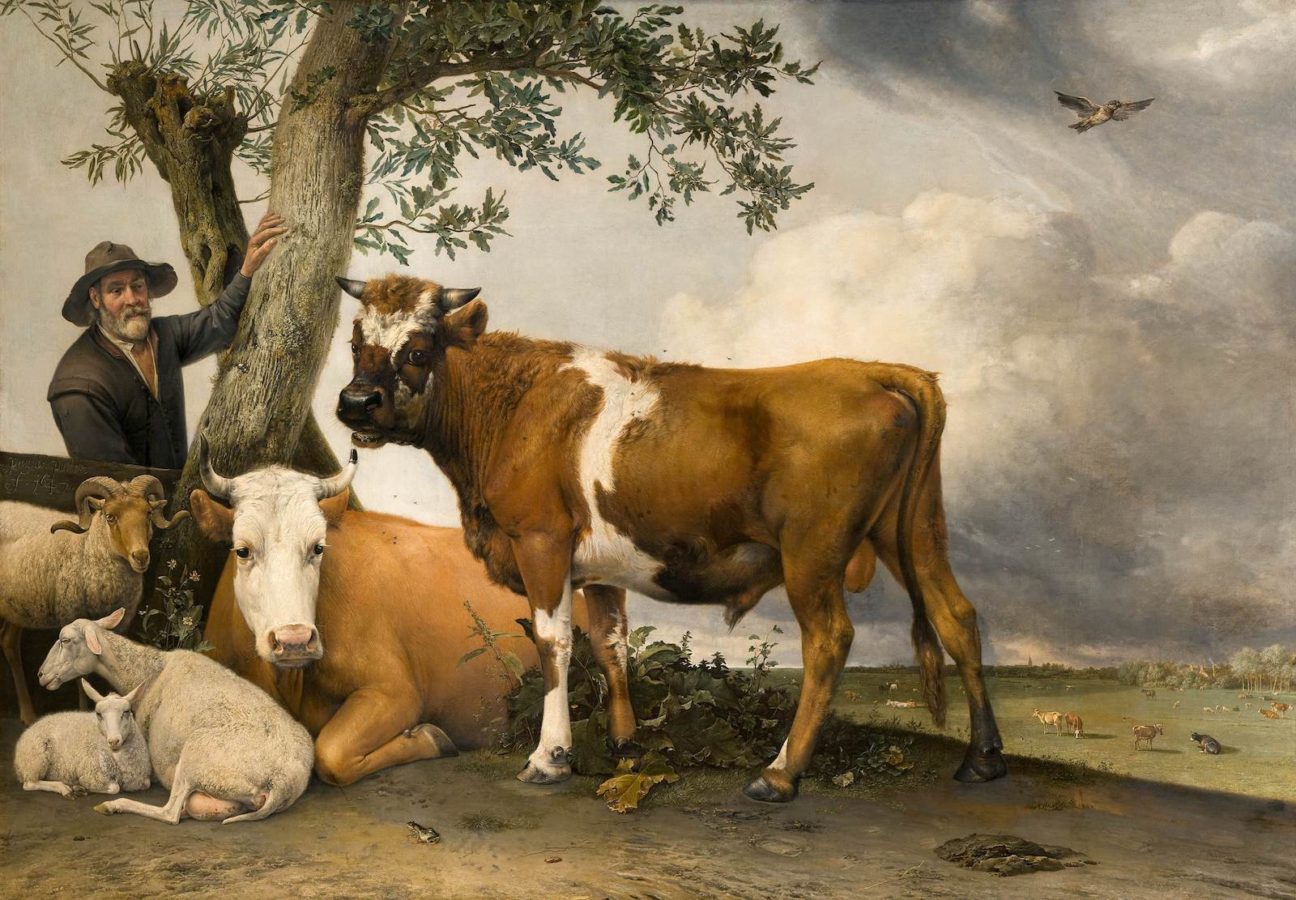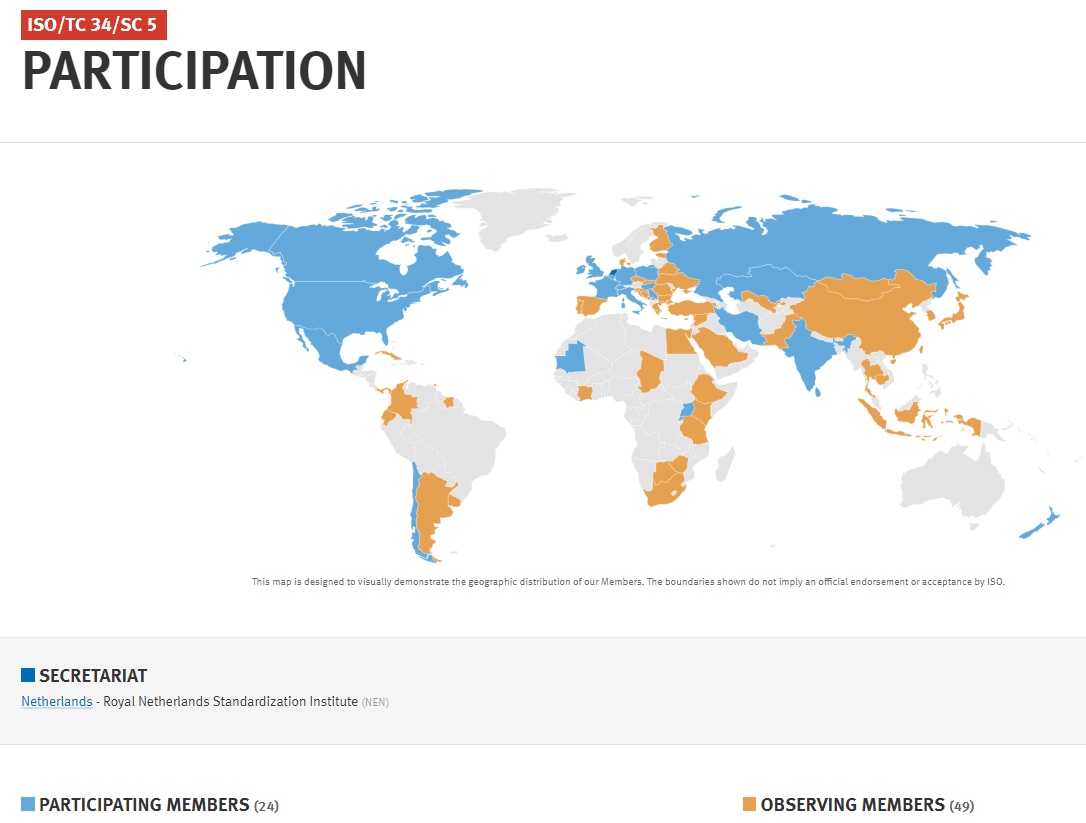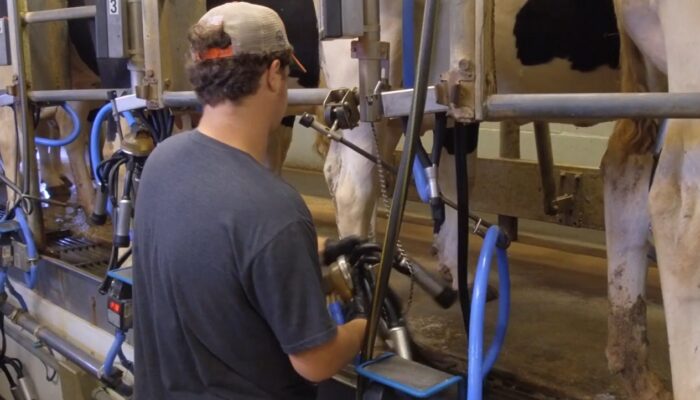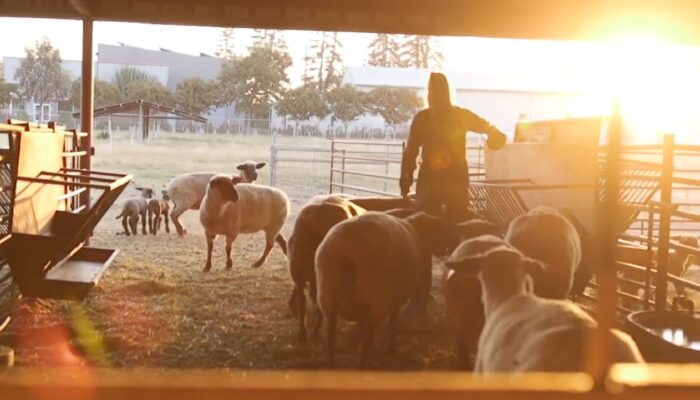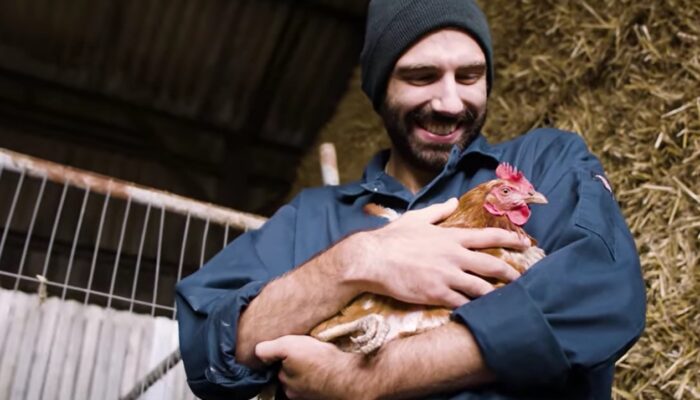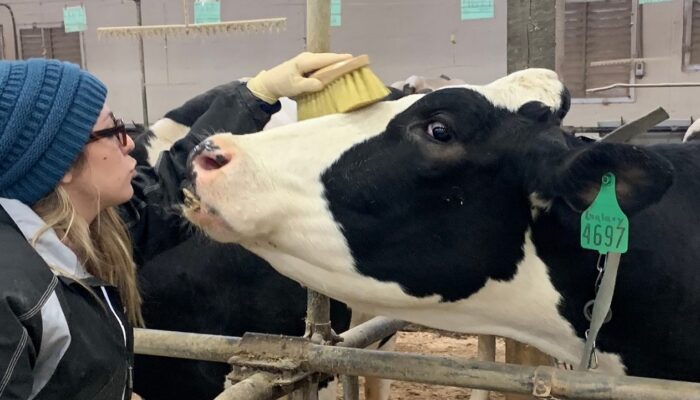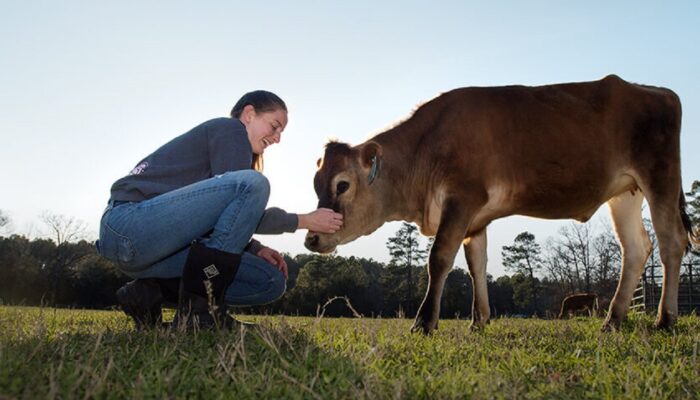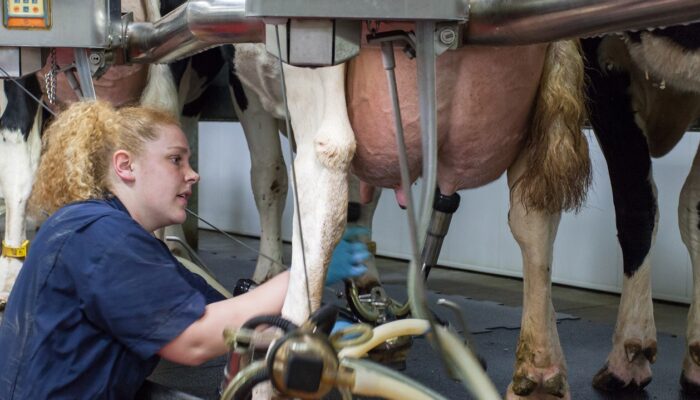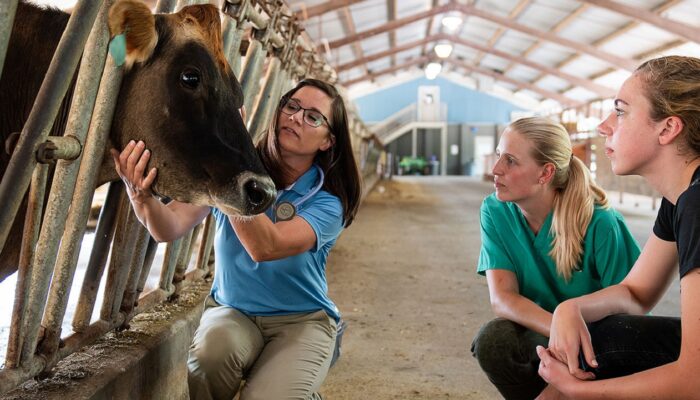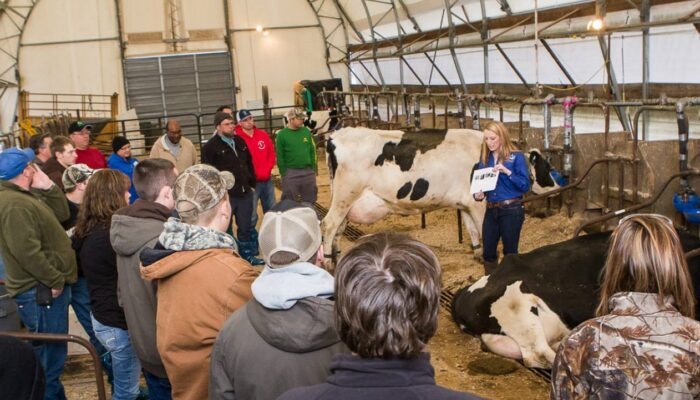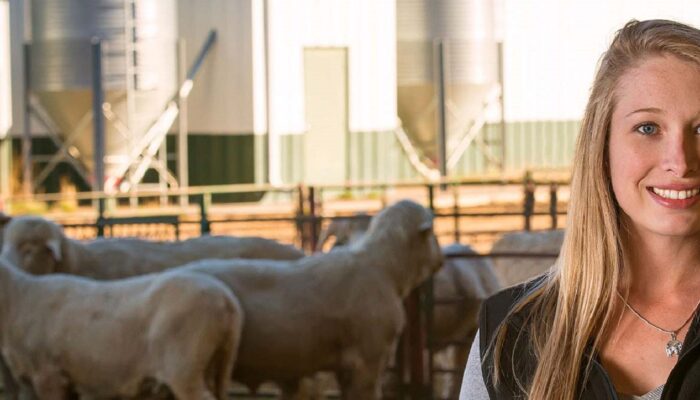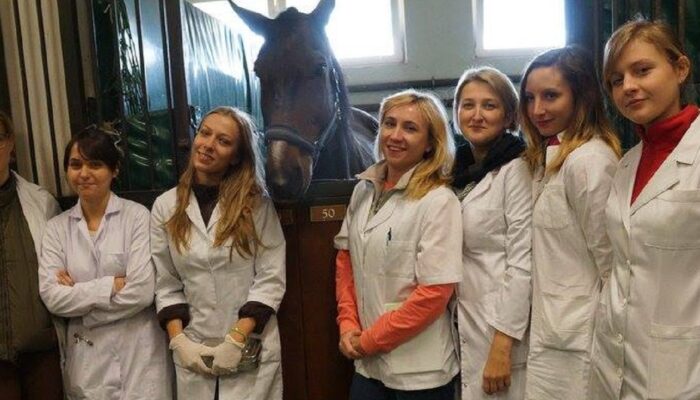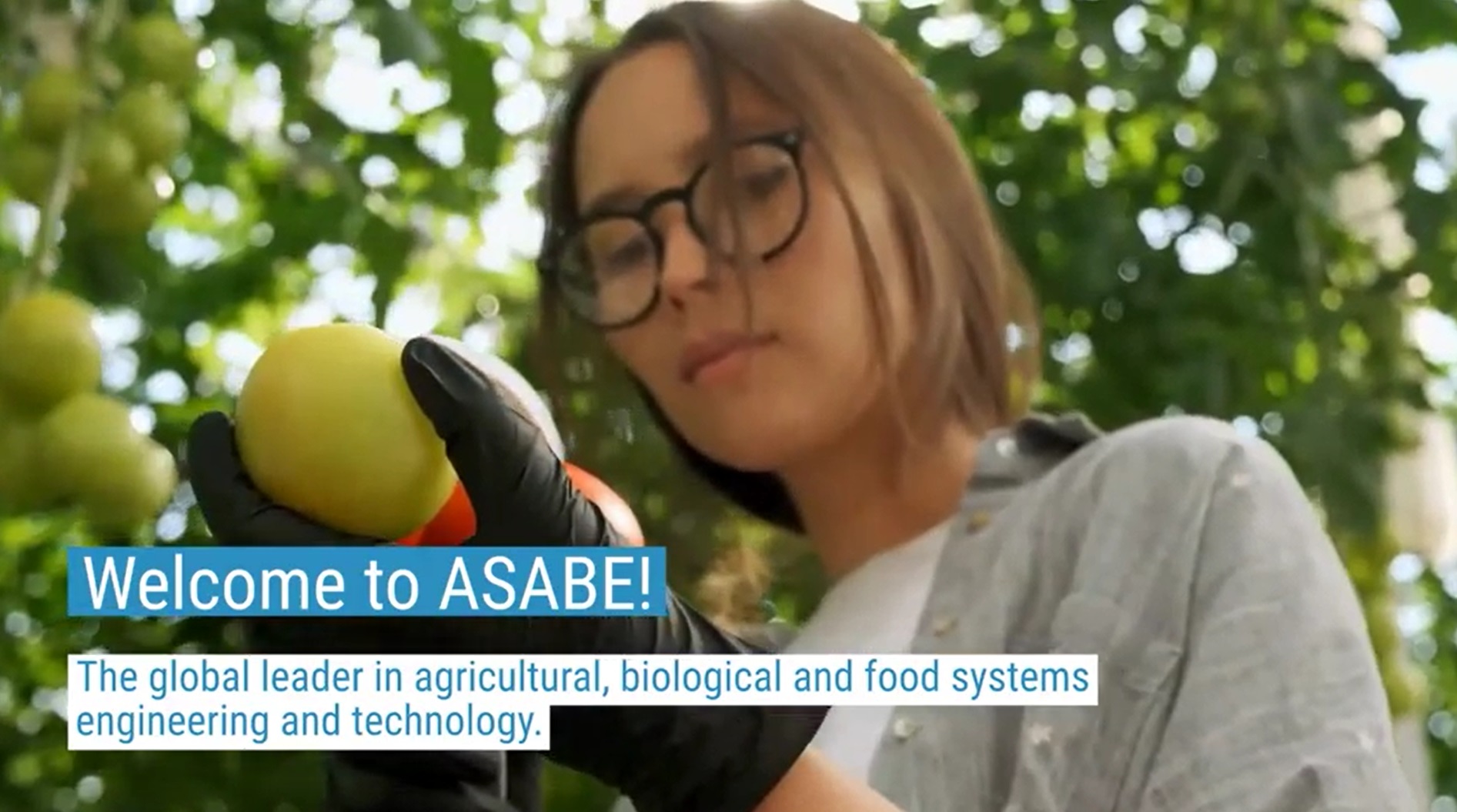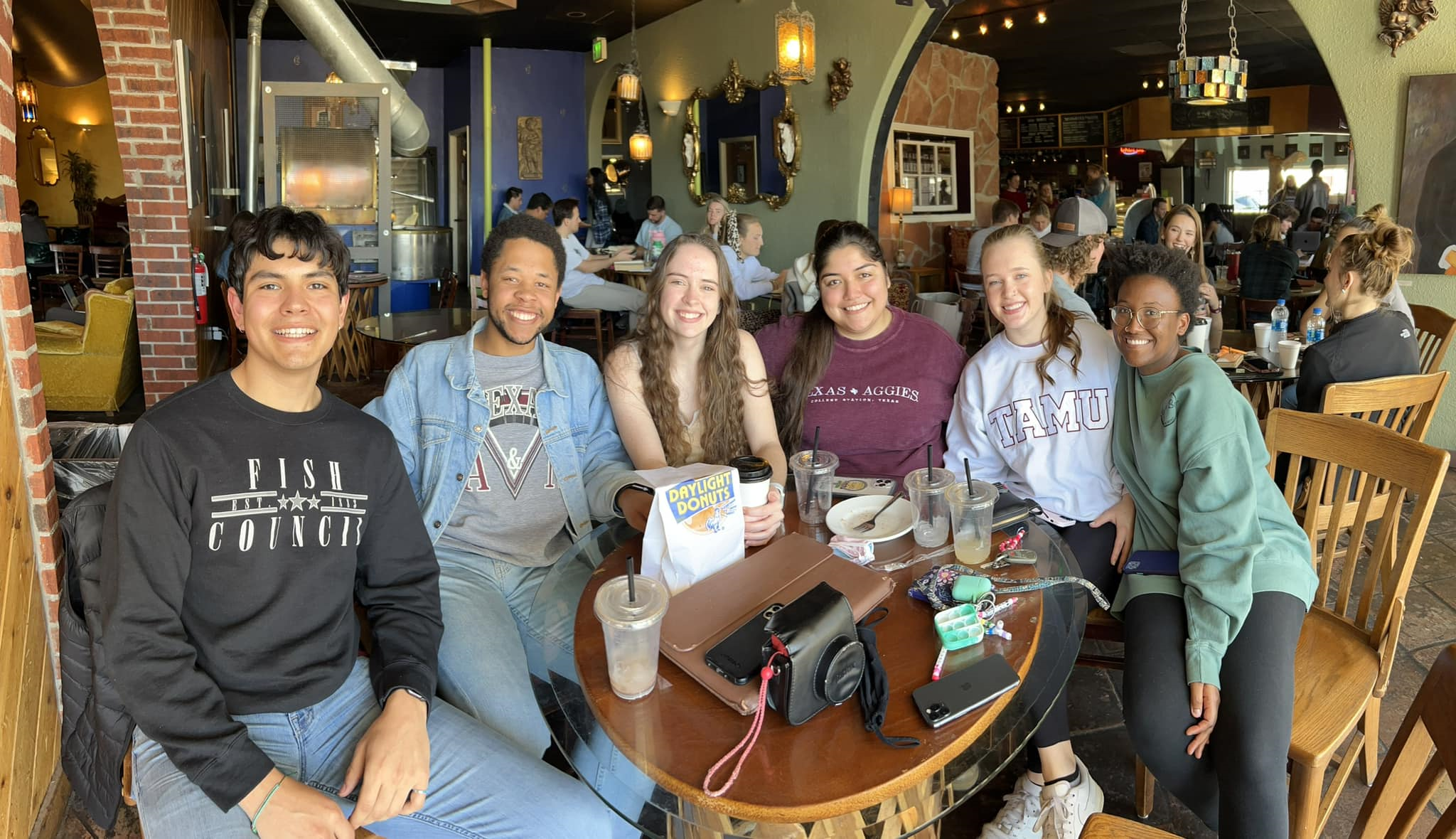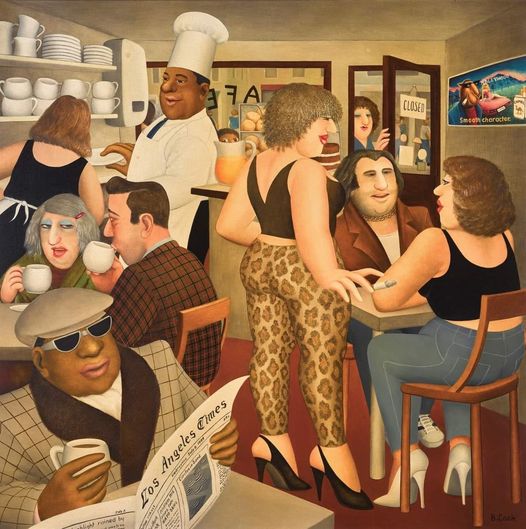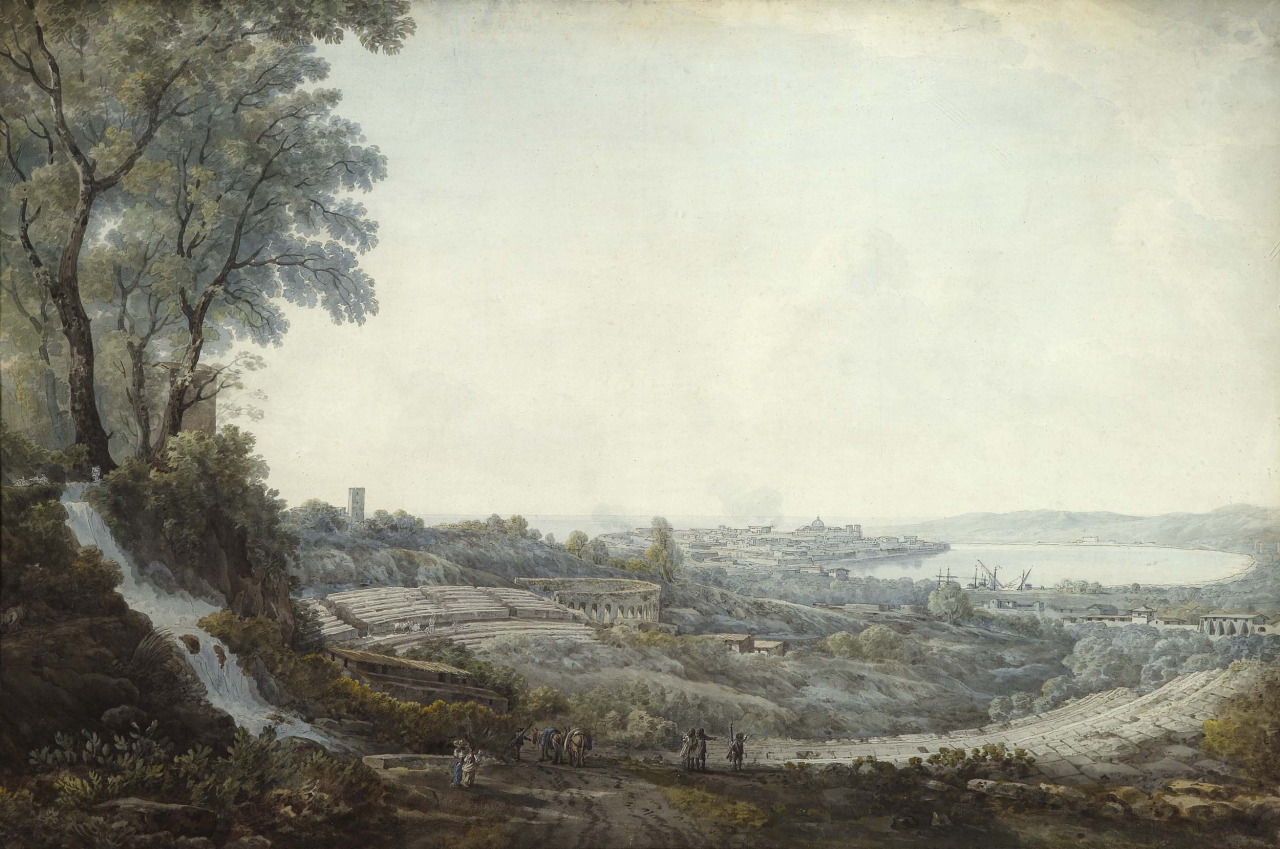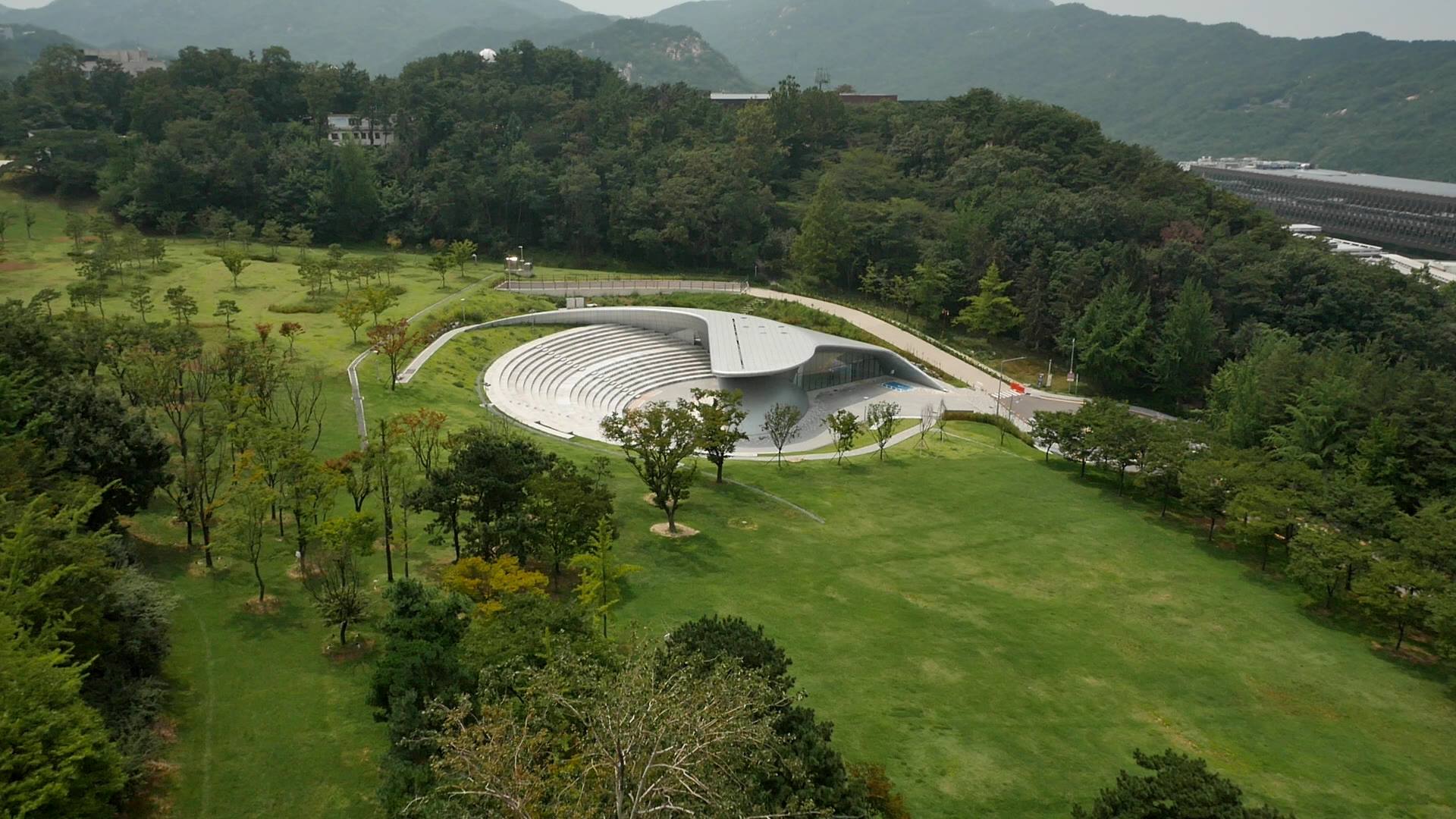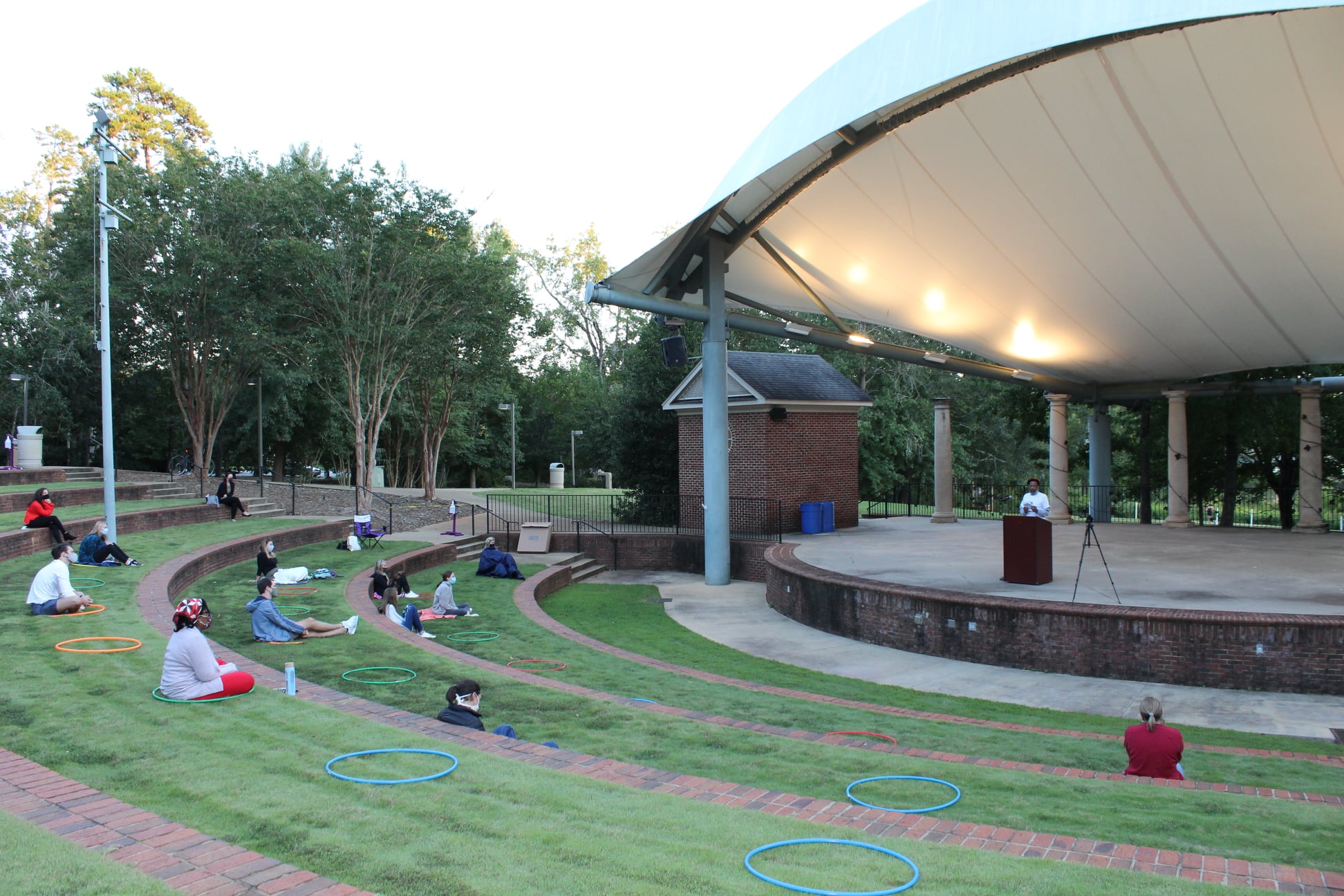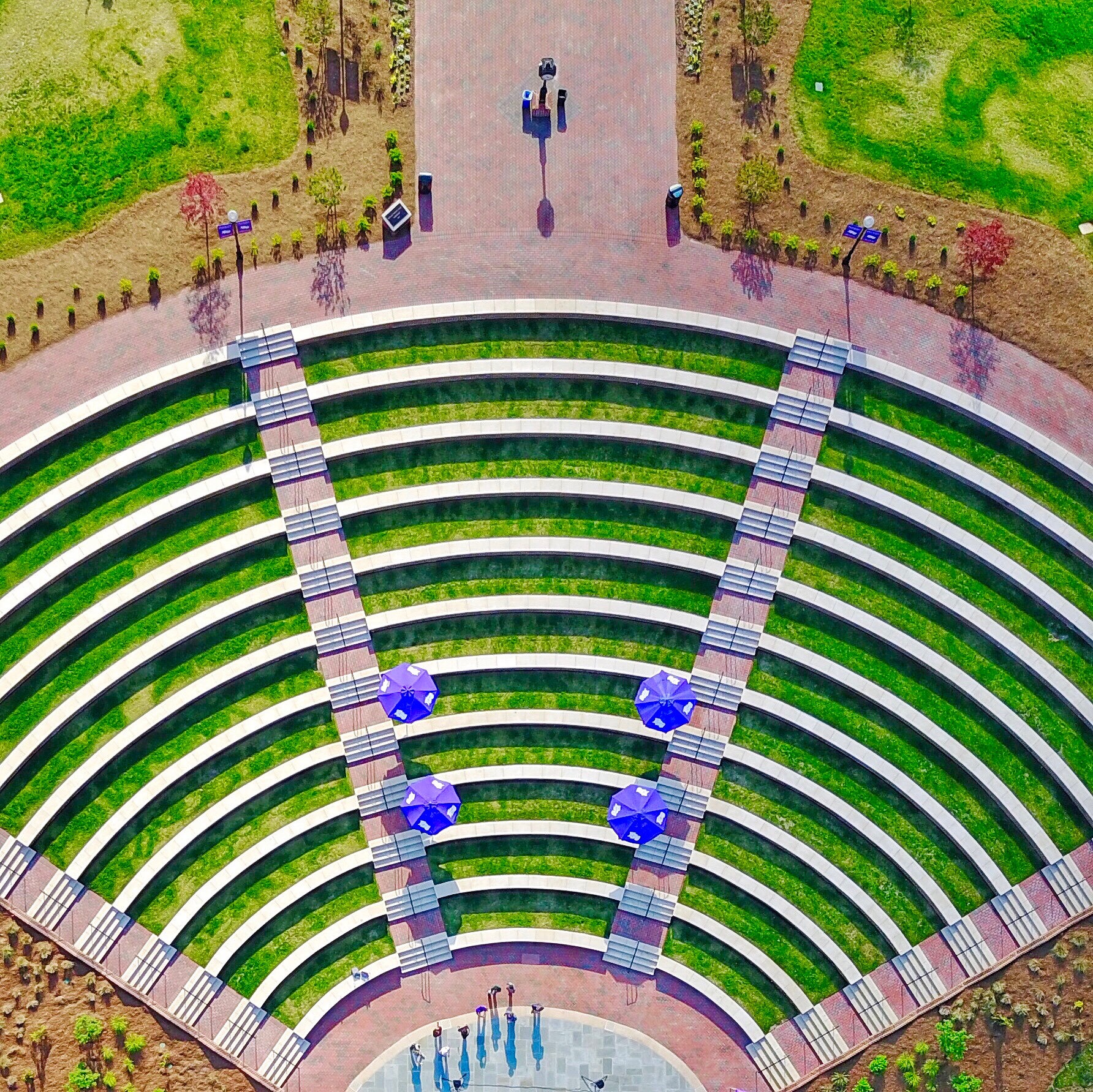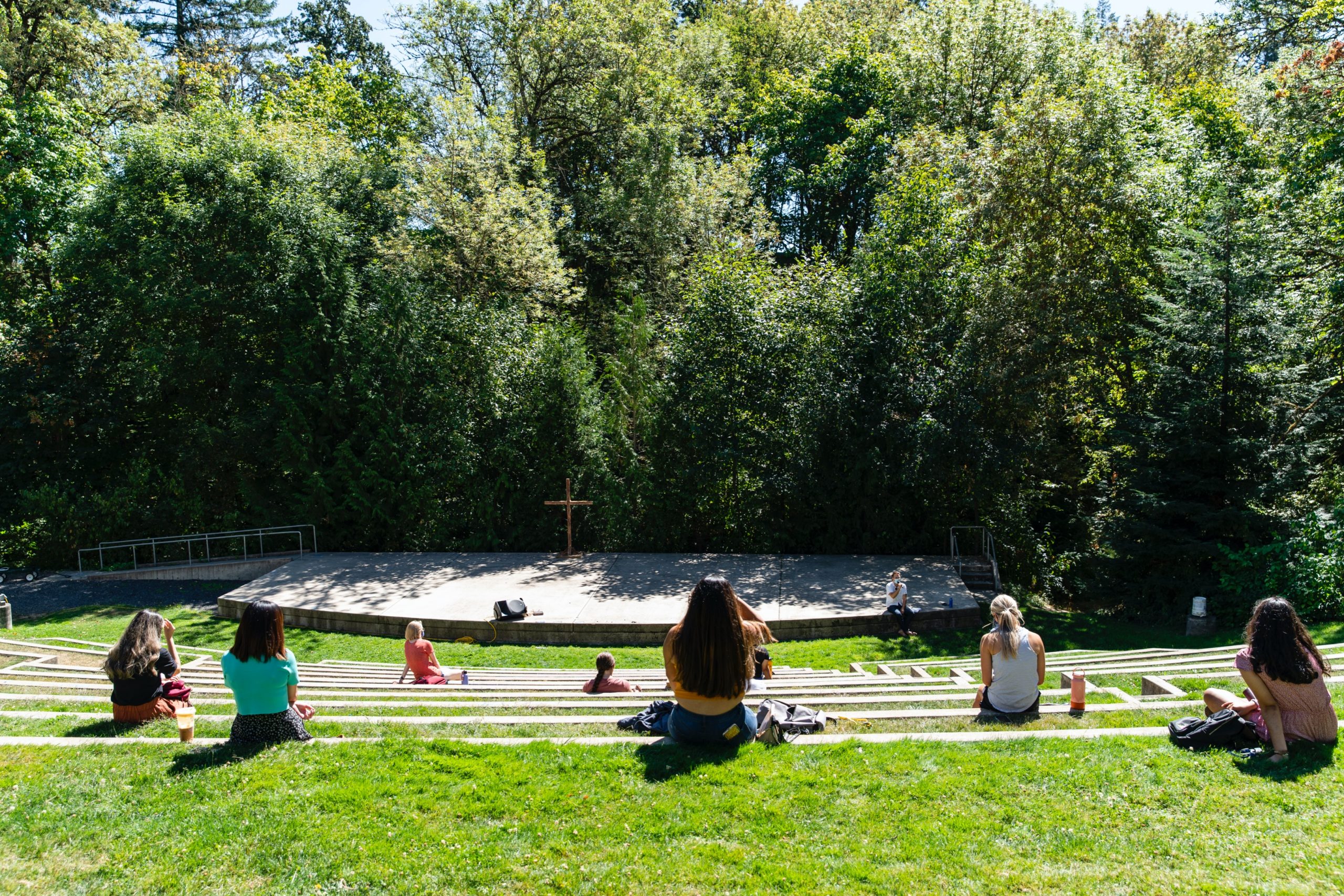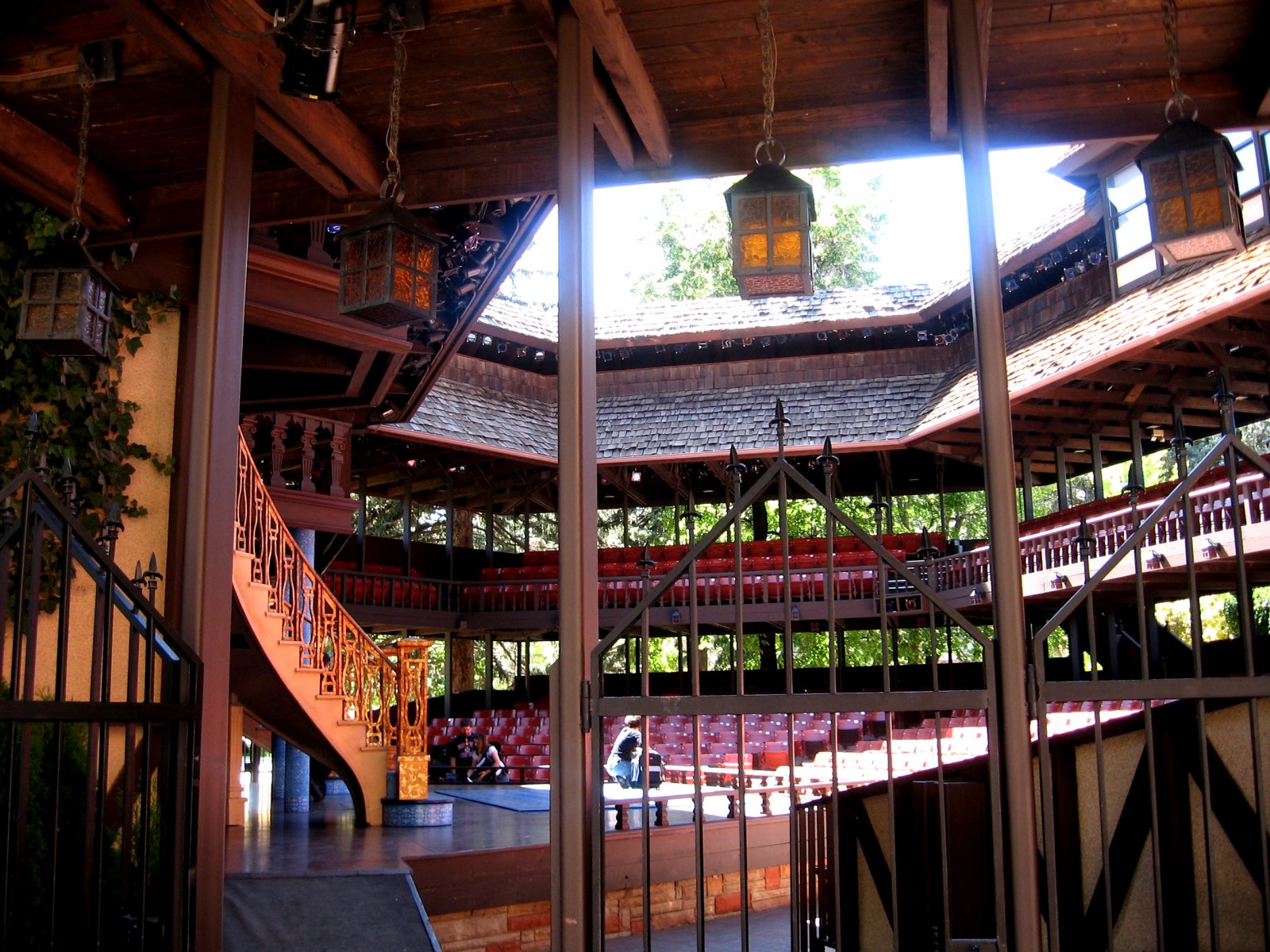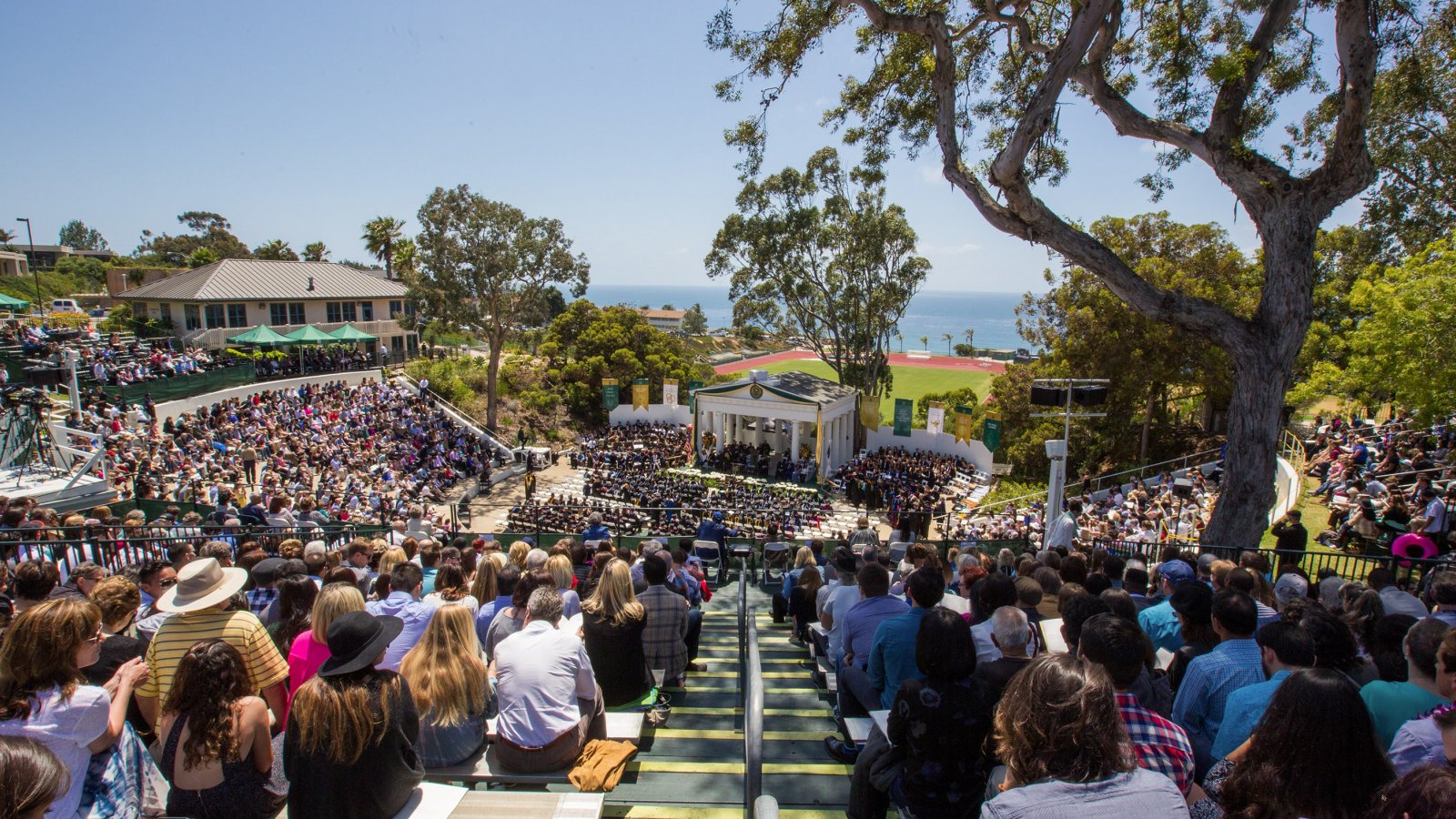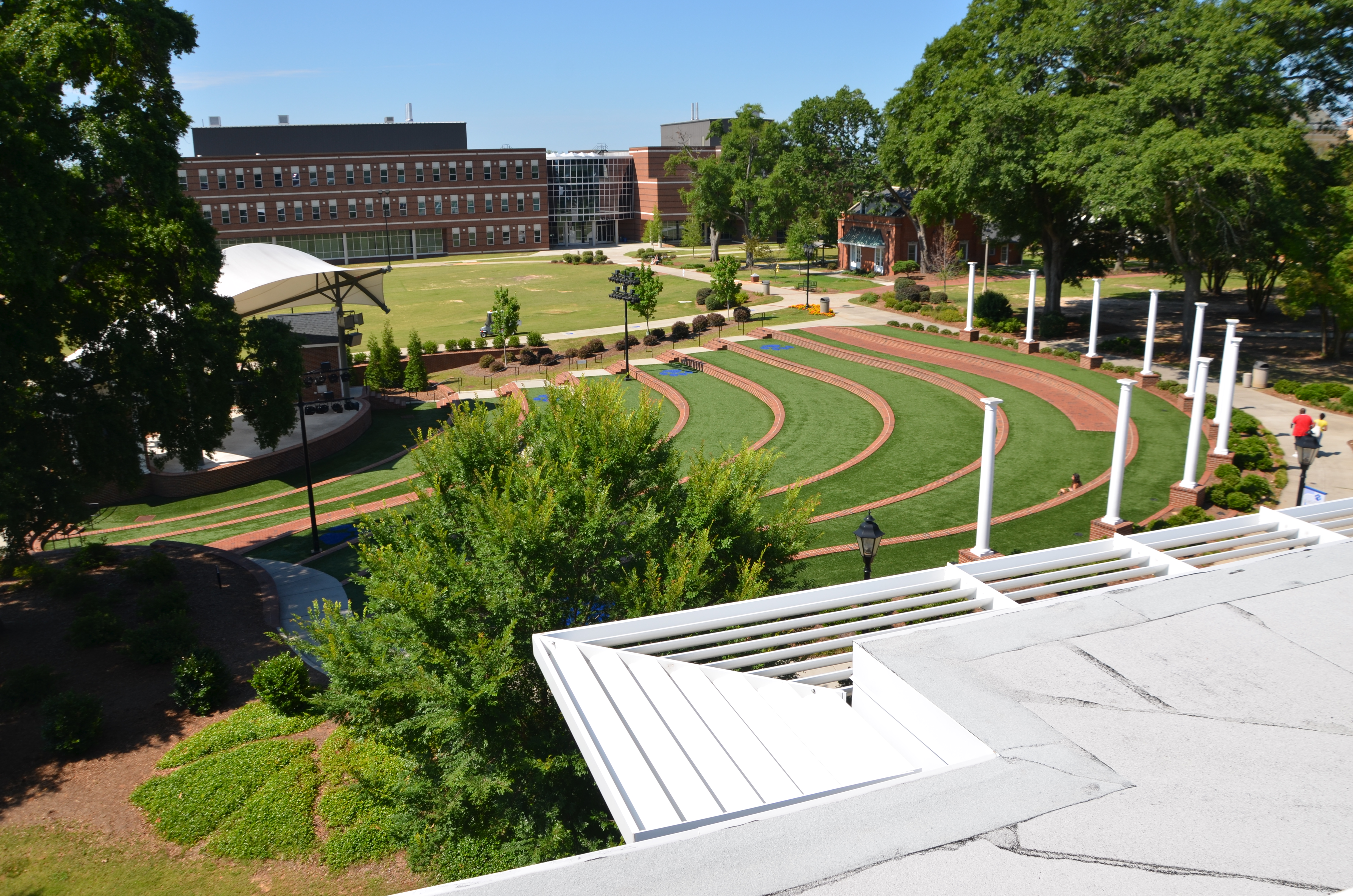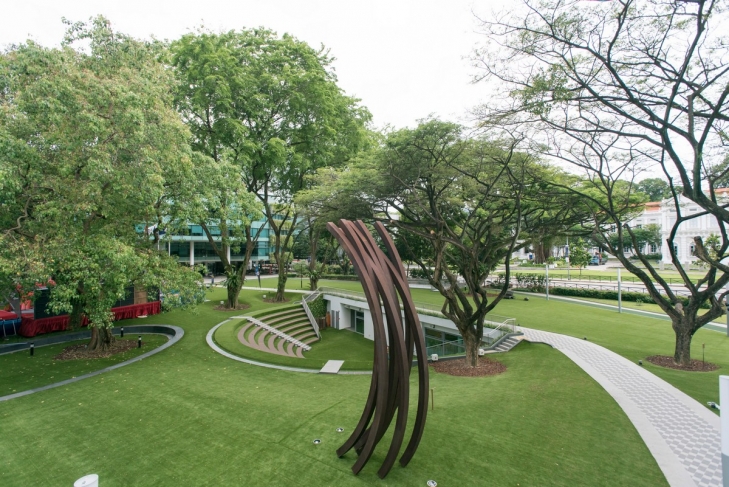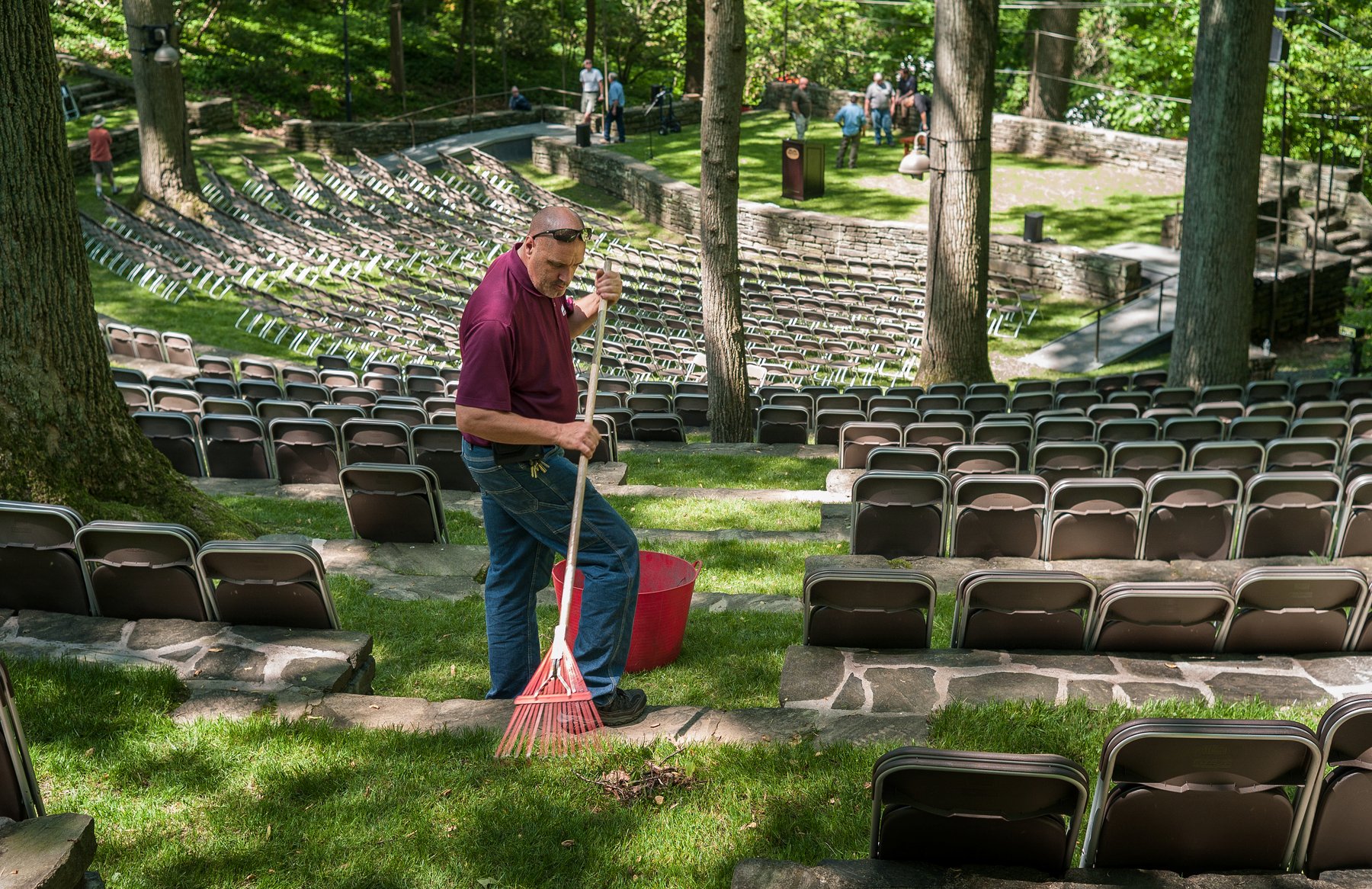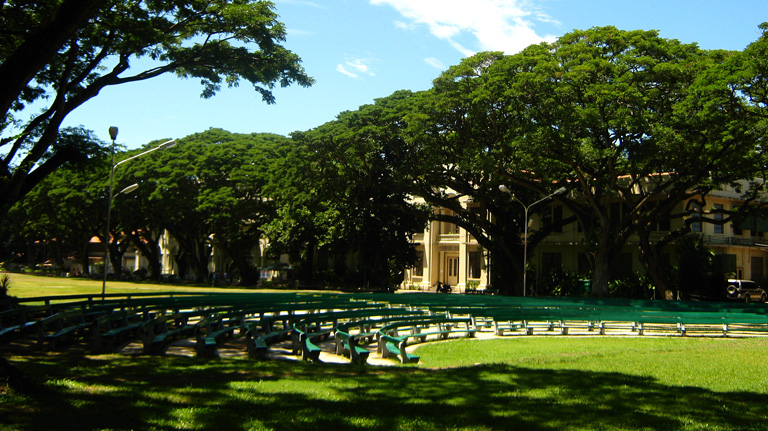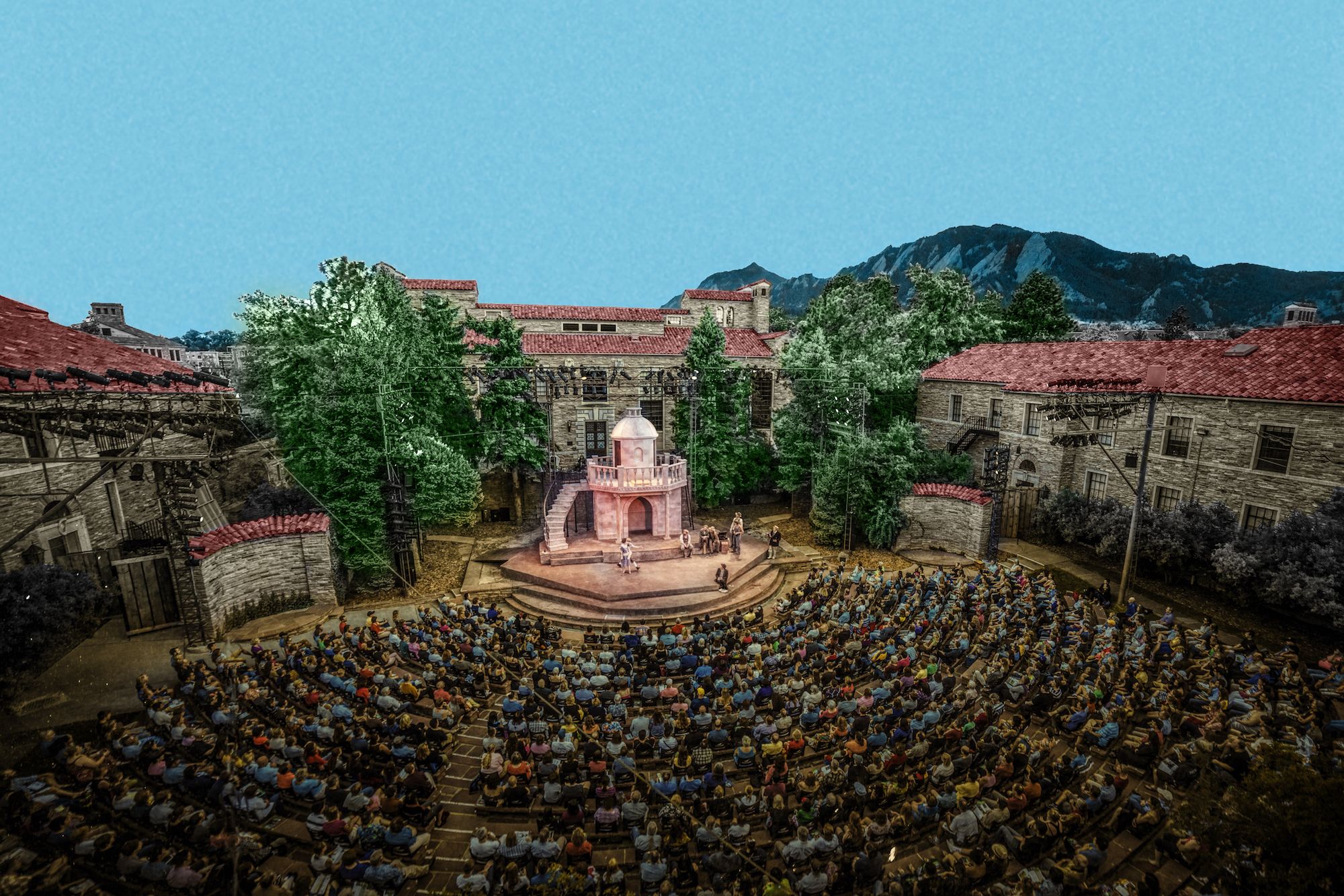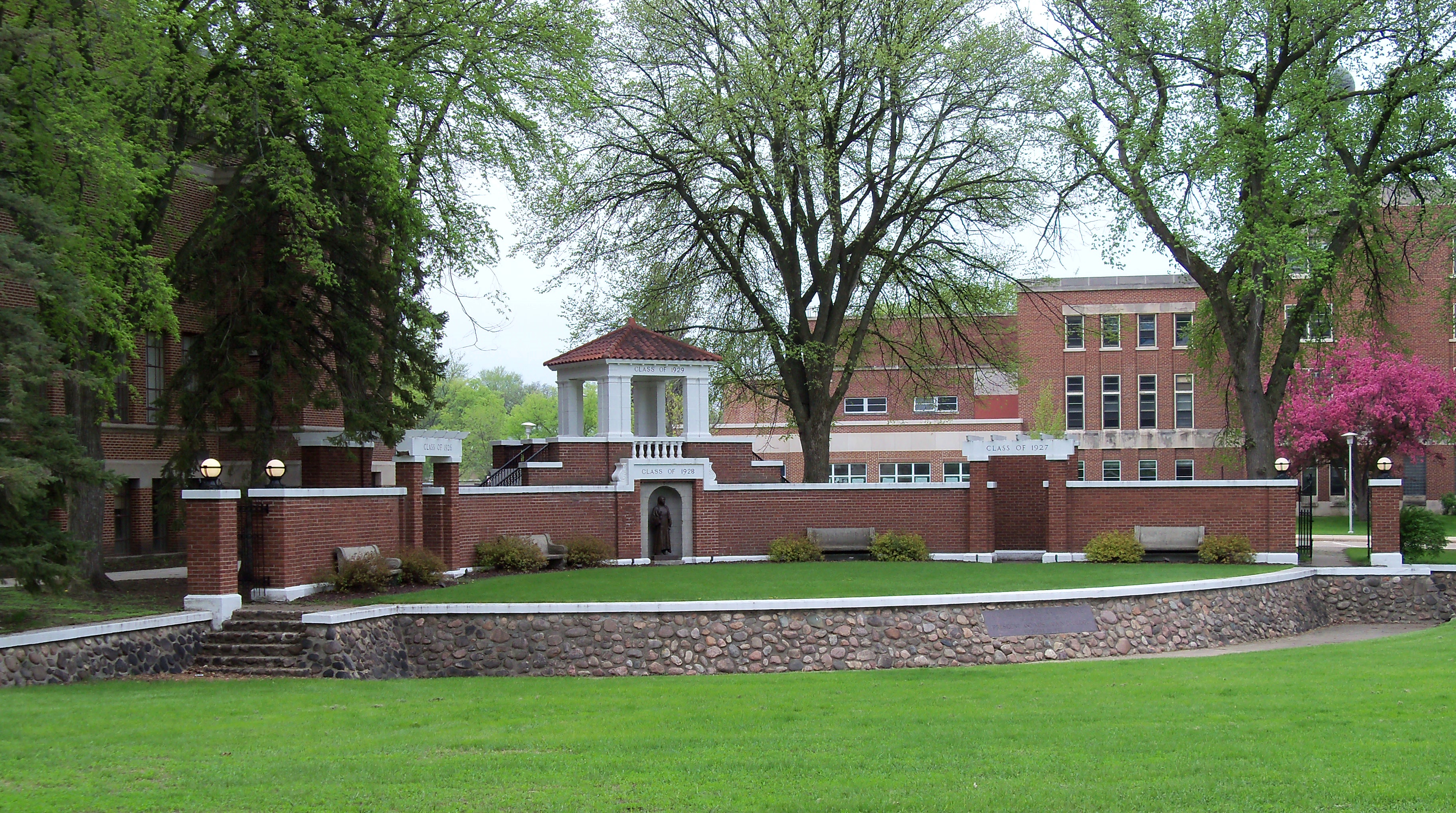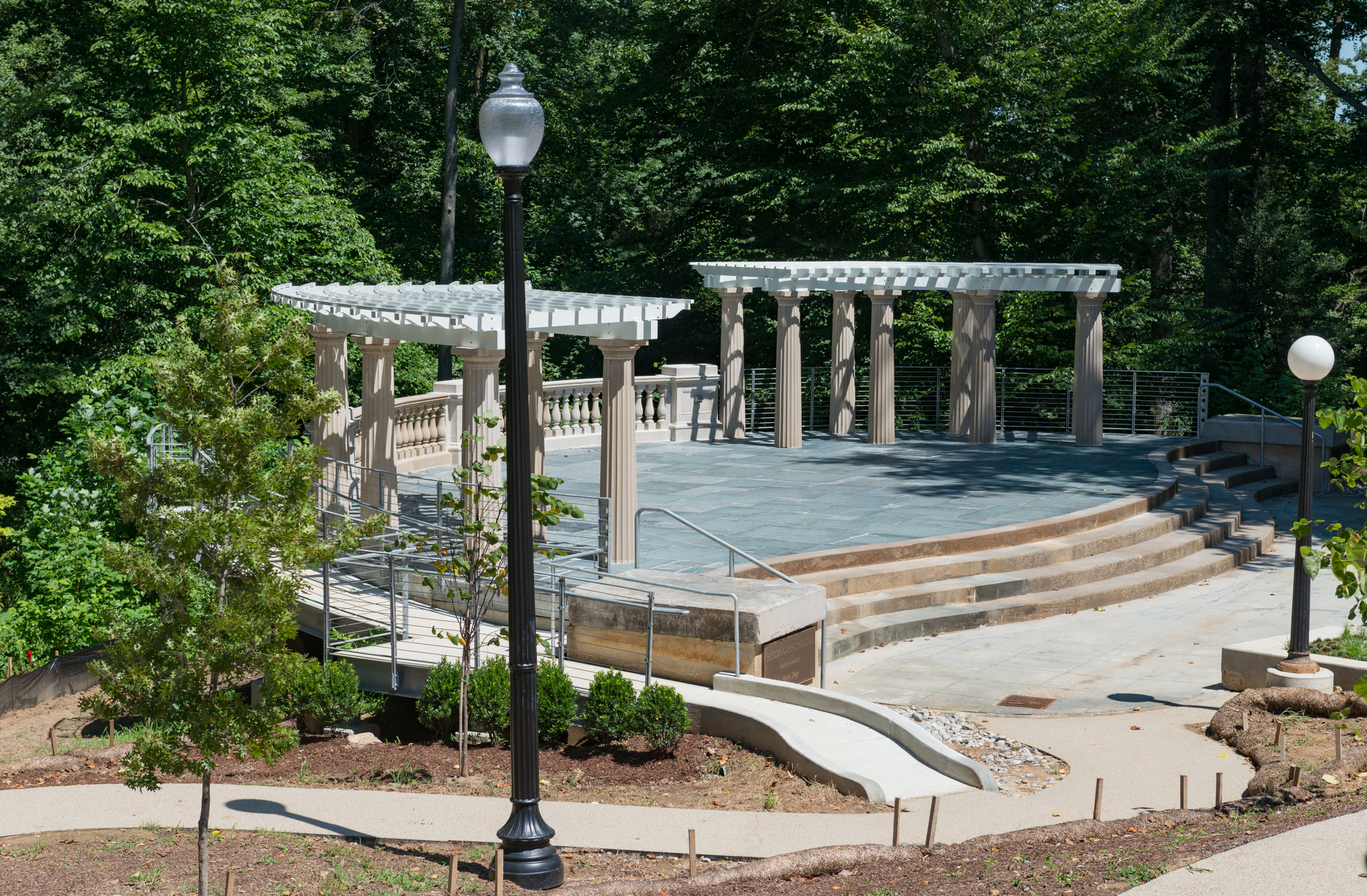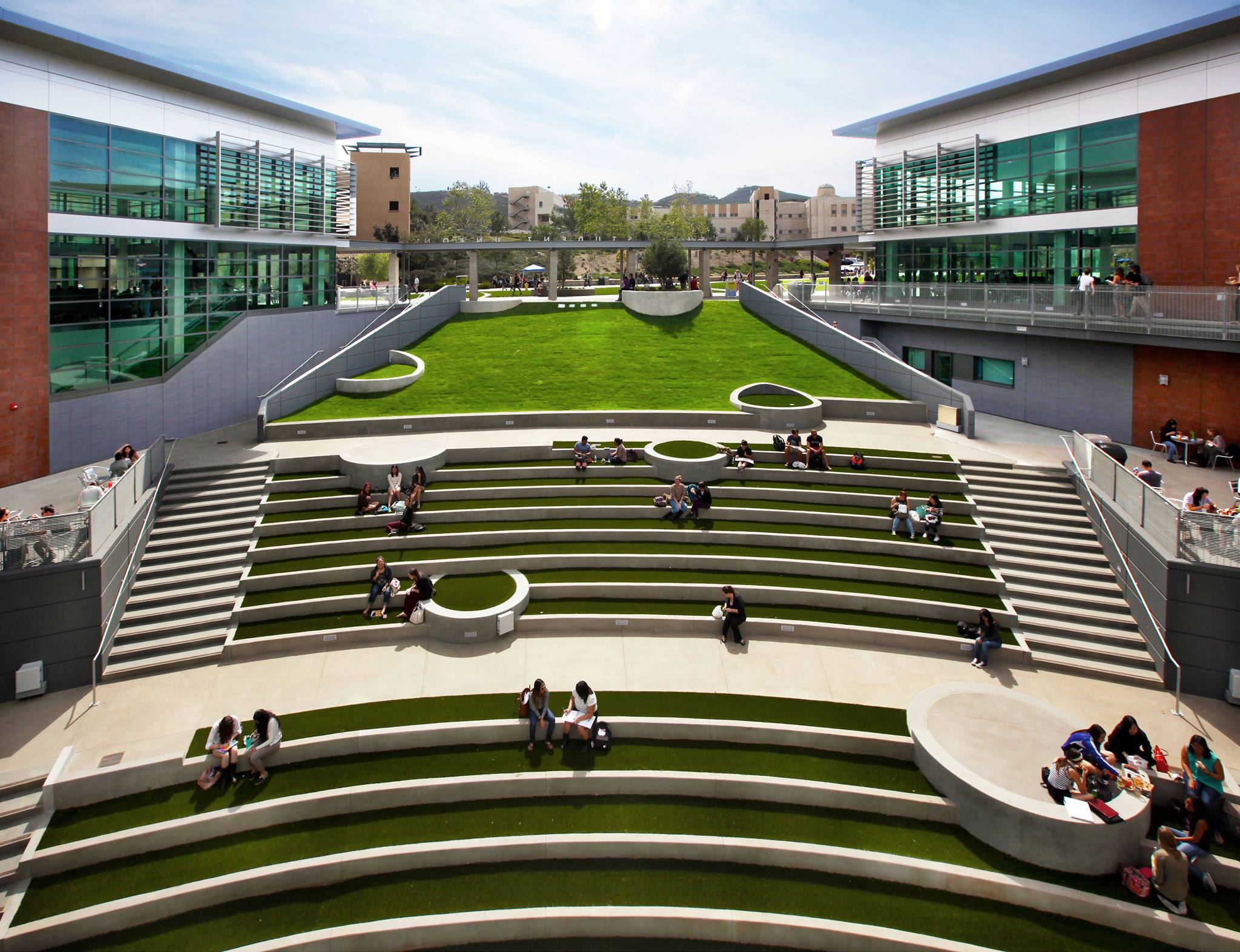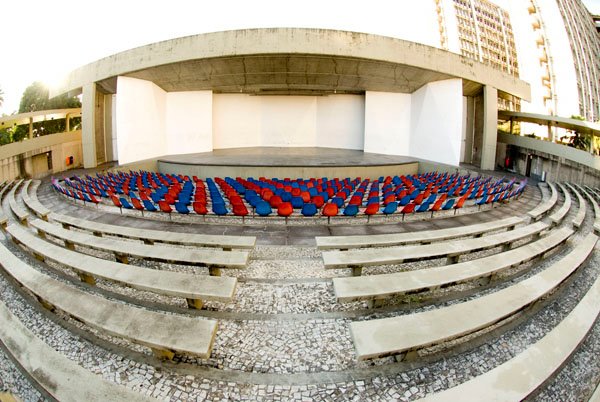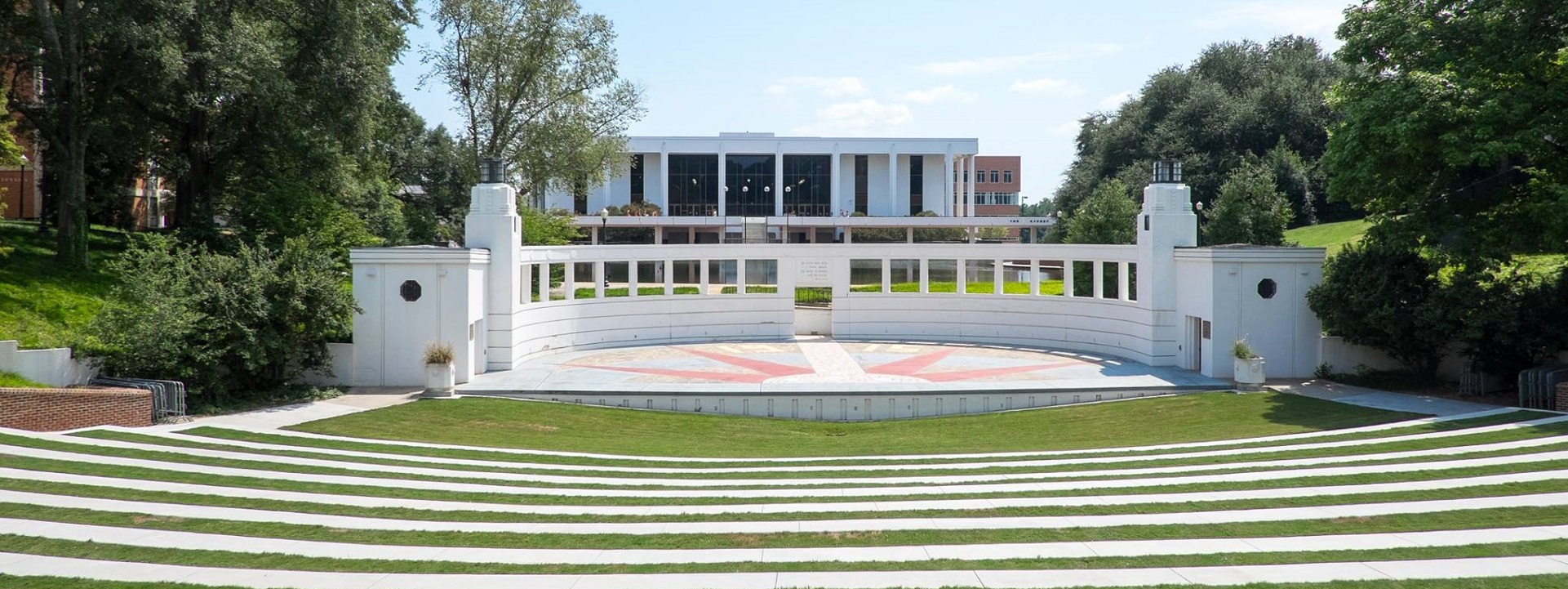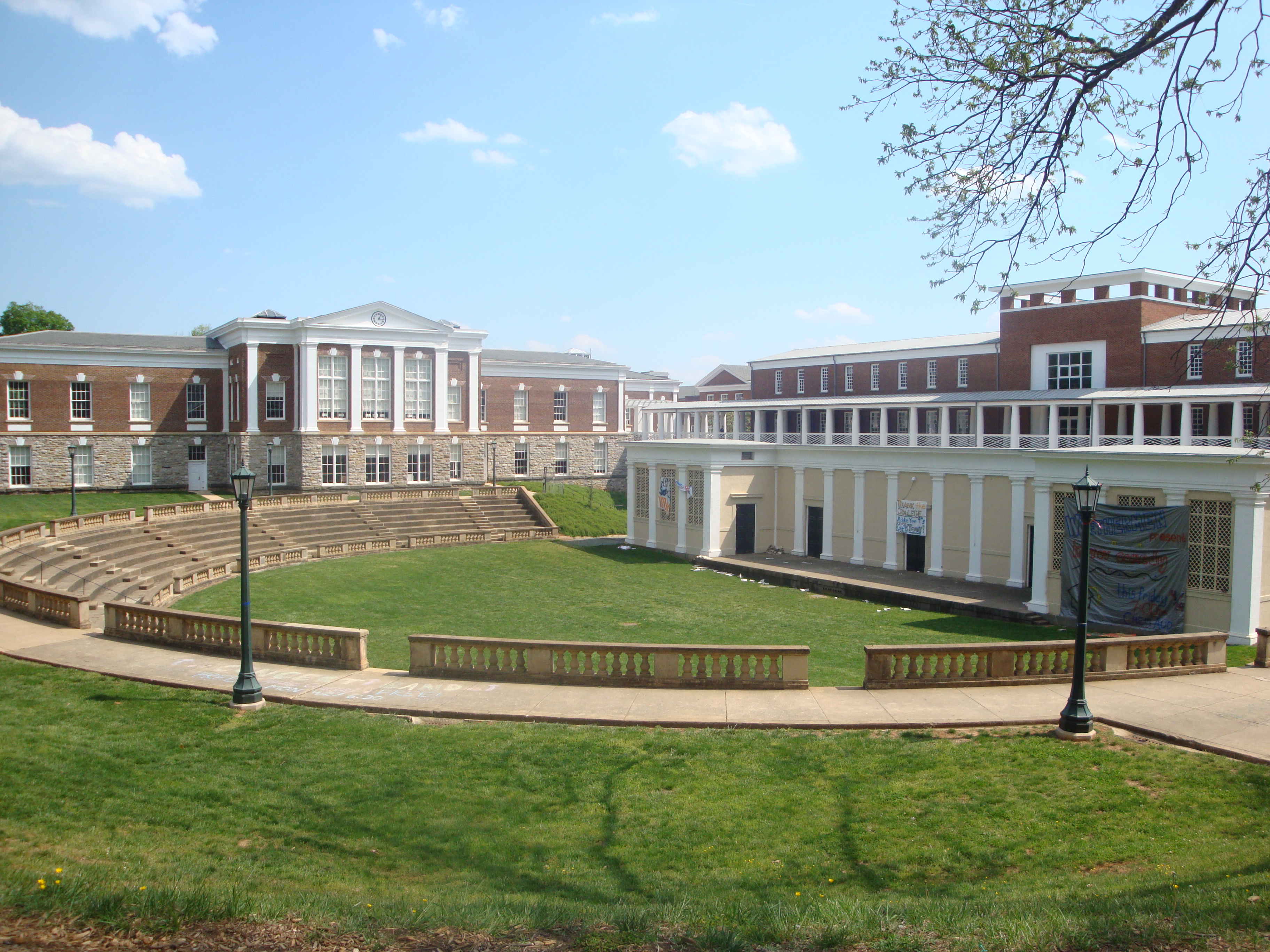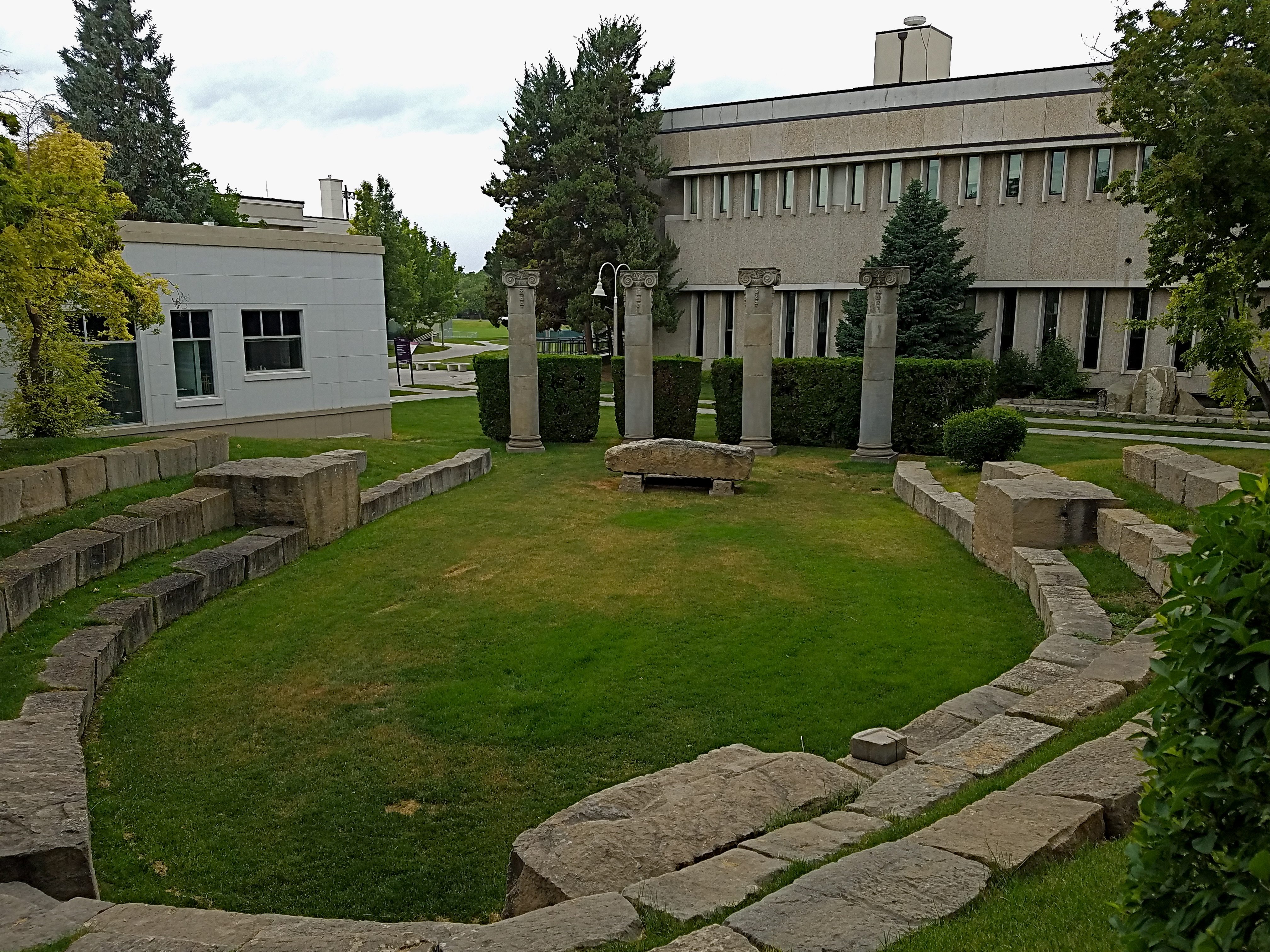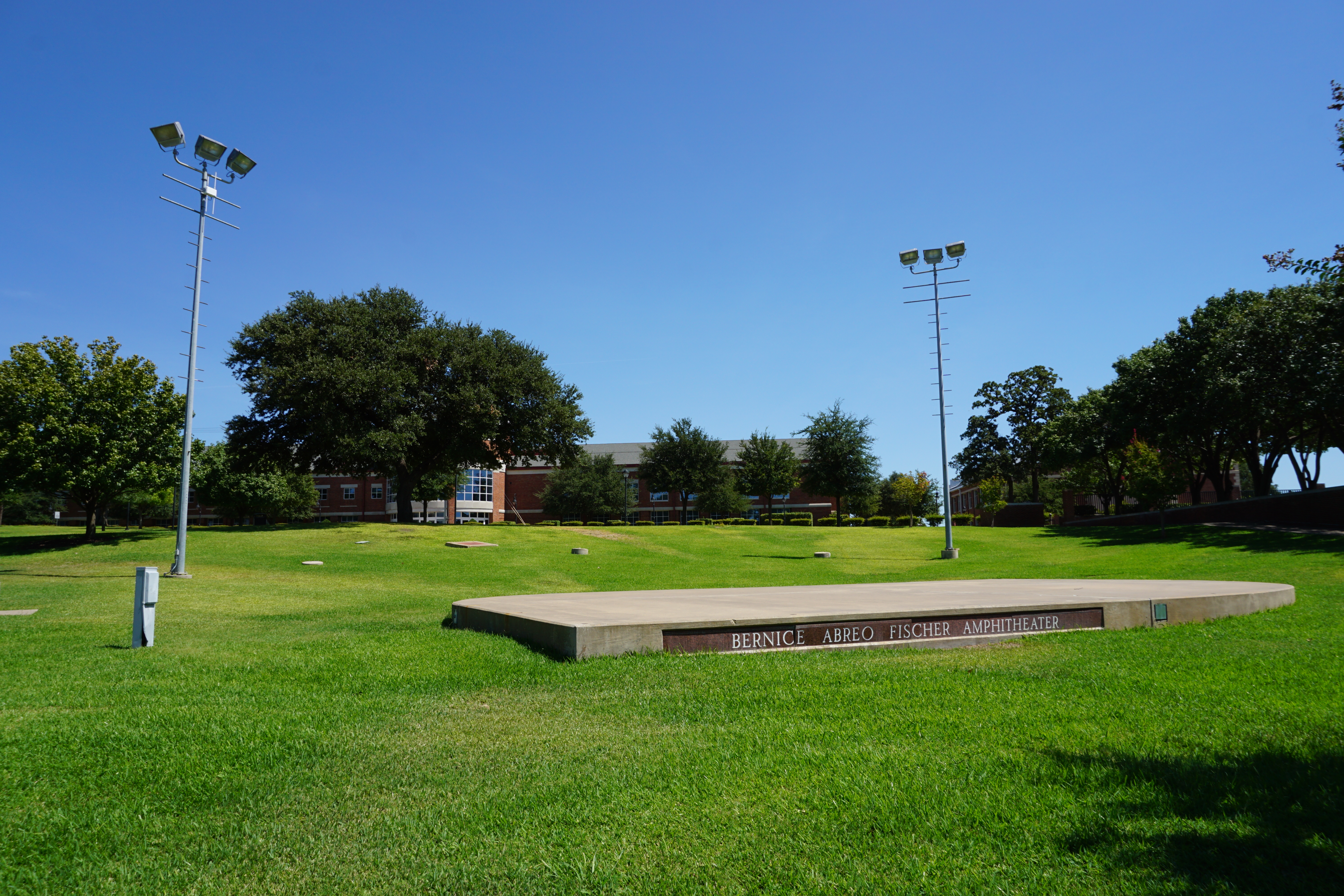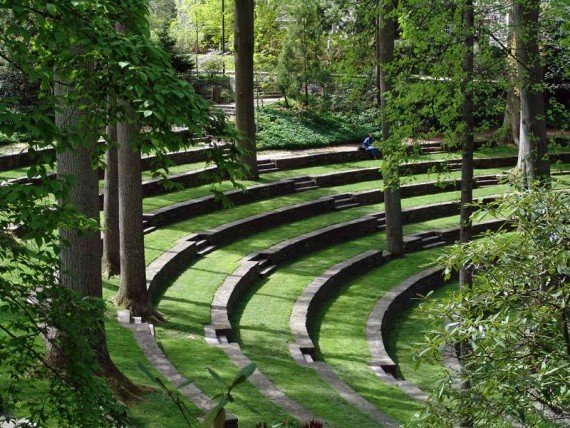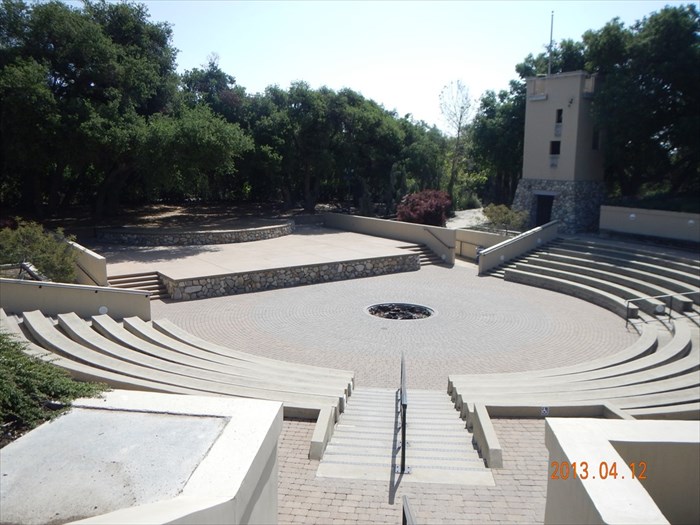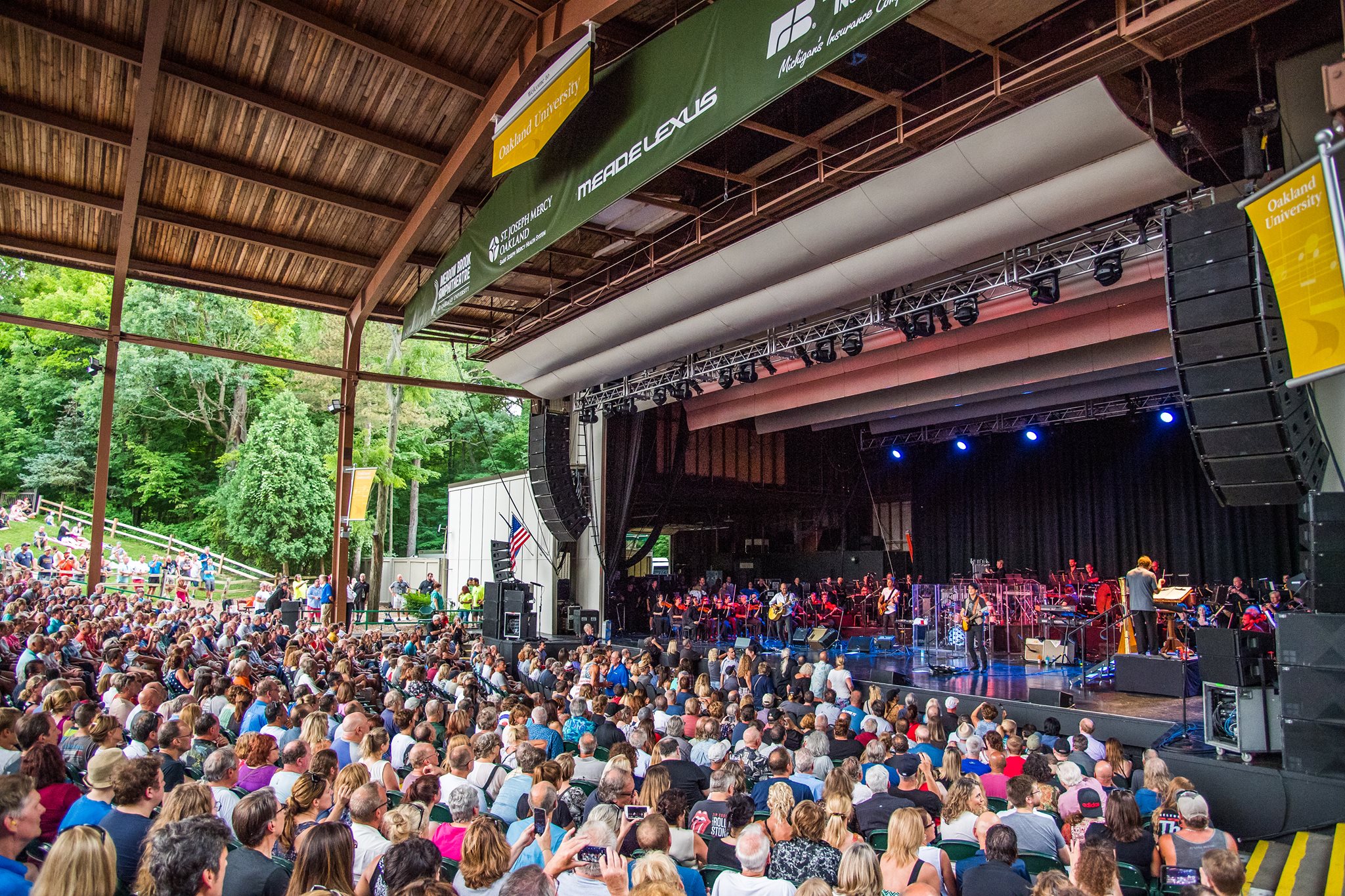The frequency differences between public safety radio and public broadcasting radio are mainly due to their distinct purposes and requirements.
- Public safety radio operates on VHF and UHF bands for emergency services communication These radio systems are designed for robustness, reliability, and coverage over a specific geographic area. They prioritize clarity and reliability of communication over long distances and in challenging environments. Encryption may also be employed for secure communication.
- Public broadcasting radio operates on FM and AM bands for disseminating news, entertainment, and cultural content to the general public. These radio stations focus on providing a wide range of content, including news, talk shows, music, and cultural programming. They often cover broad geographic areas and aim for high-quality audio transmission for listener enjoyment. Unlike public safety radio, public broadcasting radio stations typically do not require encryption and prioritize accessibility to the general public.
NFPA 1930 is in a custom cycle due to the Emergency Response and Responder Safety Document Consolidation Plan (consolidation plan) as approved by the NFPA Standards Council. As part of the consolidation plan, NFPA 1930 is combining Standards NFPA 1801, NFPA 1802, NFPA 1932, NFPA 1937, and NFPA 1962.
Firefighter radio communication faces several special technical challenges due to the nature of the environment they operate in and the criticality of their tasks. Here are some of the key challenges:
- Interference and Signal Degradation: Buildings, debris, and firefighting equipment can obstruct radio signals, leading to interference and degradation of communication quality.
- Multipath Propagation: Radio signals can bounce off surfaces within buildings, causing multipath propagation, which results in signal fading and distortion.
- Limited Bandwidth: Firefighter radio systems often operate on limited bandwidths, which can restrict the amount of data that can be transmitted simultaneously, impacting the clarity and reliability of communication.
- Noise: The high noise levels present in firefighting environments, including sirens, machinery, and fire itself, can interfere with radio communication, making it difficult for firefighters to hear and understand each other.
- Line-of-Sight Limitations: Radio signals typically require a clear line of sight between the transmitter and receiver. However, in complex urban environments or within buildings, obstructions such as walls and floors can obstruct the line of sight, affecting signal strength and reliability.
- Equipment Durability: Firefighter radio equipment needs to withstand harsh environmental conditions, including high temperatures, smoke, water, and physical impacts. Ensuring the durability and reliability of equipment in such conditions is a significant challenge.
- Battery Life: Prolonged operations in emergency situations can drain radio batteries quickly. Firefighters need reliable battery life to ensure continuous communication throughout their mission.
- Interoperability: Different emergency response agencies may use different radio systems and frequencies, leading to interoperability issues. Ensuring seamless communication between various agencies involved in firefighting operations is crucial for effective coordination and response.
- Priority Access: During large-scale emergencies, such as natural disasters or terrorist attacks, communication networks may become congested, limiting access for emergency responders. Firefighters need priority access to communication networks to ensure they can effectively coordinate their efforts.
- Training and Familiarity: Operating radio equipment effectively under stress requires training and familiarity. Firefighters must be trained to use radio equipment efficiently and effectively, even in challenging conditions, to ensure clear and concise communication during emergencies.
National Institute of Standards & Technology





